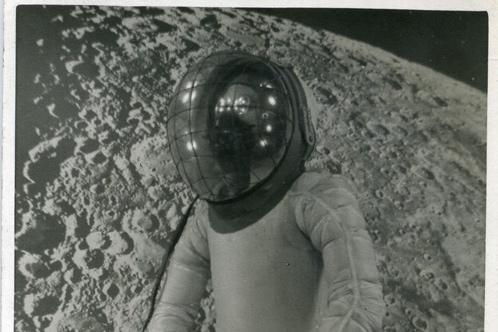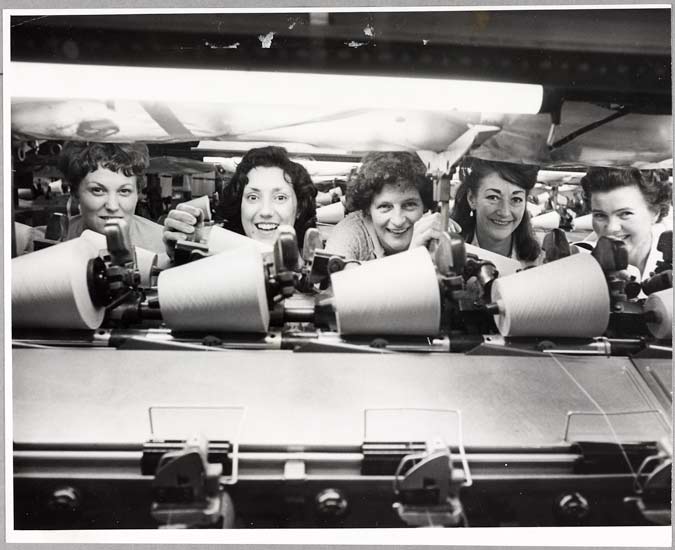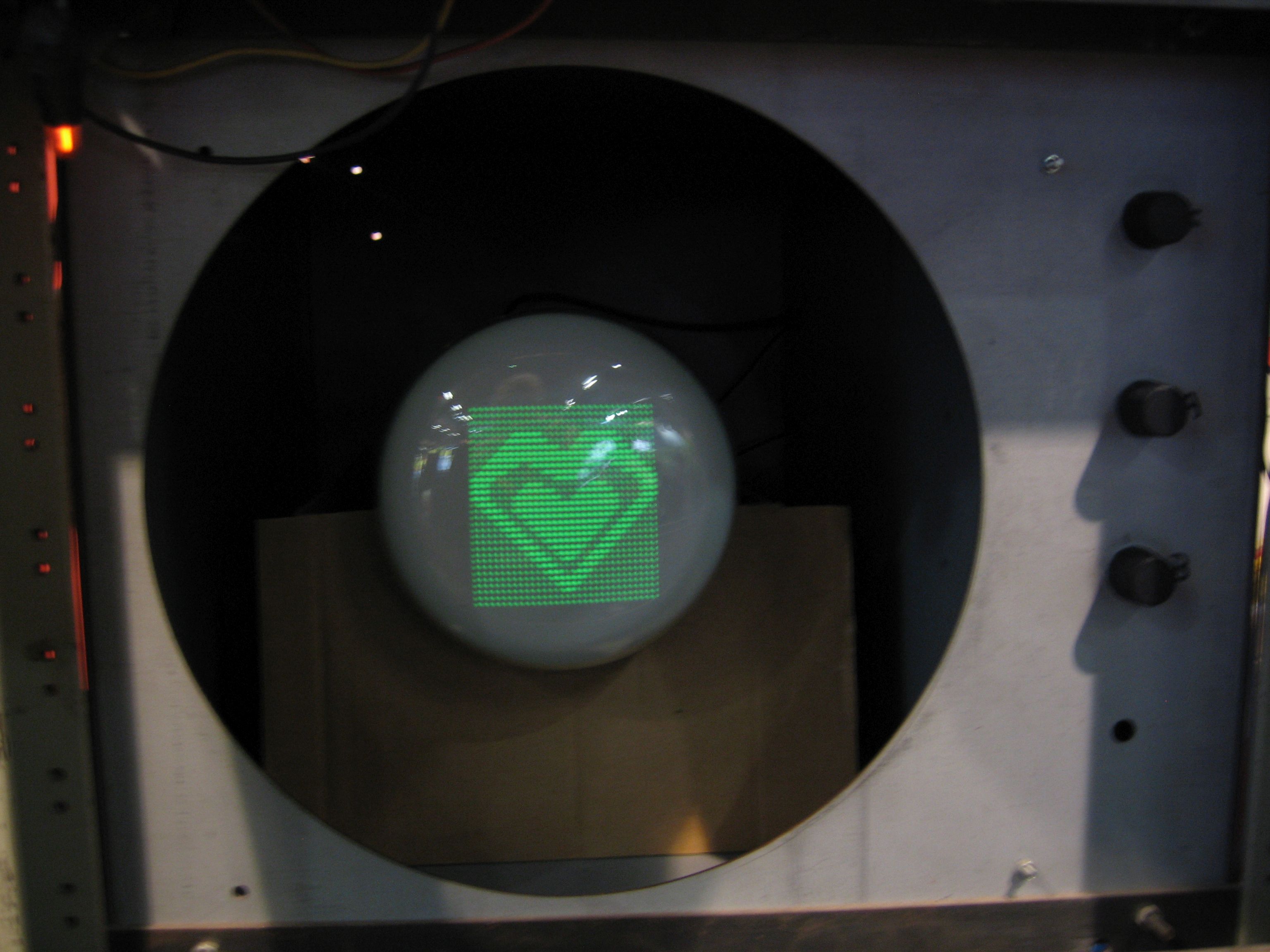
2018 is the Year of Engineering, and what better way to join in than to talk some more about one of Britain’s many great engineers, Sebastian Ziani de Ferranti?

2018 is the Year of Engineering, and what better way to join in than to talk some more about one of Britain’s many great engineers, Sebastian Ziani de Ferranti?

You have probably at some point eaten sushi—the traditional Japanese food made from rice, fish and seaweed.

Have you ever wondered what our curators’ favourite collection items are? Here, assistant curator Lewis takes us through his rather surprising pick.

A full 10 years before Neil Armstrong made his first steps on the moon, a company based right here in Manchester was making space suits. That company was P. Frankenstein and Sons Ltd.

In 1914, Manchester was one of the biggest motor manufacturing cities in the world. Two decades later cars had become part of our everyday lives—but Manchester’s dominance had faded.

At the Museum of Science and Industry, Heritage Lottery Funding has helped acquire two fascinating objects, Richard Arkwright’s water frame and the only surviving piece of equipment from the Manchester hydraulic power system.

Is it the rain that binds Manchester, UK and San Francisco, USA? Or perhaps the fog? Or the amazing music scene?

Our colleagues at our sister museum in Bradford, the National Science and Media Museum, have unearthed a wonderful selection of images of life in early-to-mid 20th century Manchester.

Beyer, Peacock and Co. was well-known for manufacturing steam locomotives, but also considered making motor cars, as our archives reveal.

What’s love got to do with computing? Associate Curator Sarah Baines finds out, with a little help from our team of Computer Volunteers.

In 2016, the museum commissioned Peter Saville, a designer with strong links to Manchester, to design a range of glassware celebrating Manchester’s three rivers and the dancefloor at the Haçienda.

As cotton spinning returns to the region, here at the Museum of Science and Industry we are gearing up to re-tell the astonishing story of Manchester’s growth into the world’s first modern industrial city.